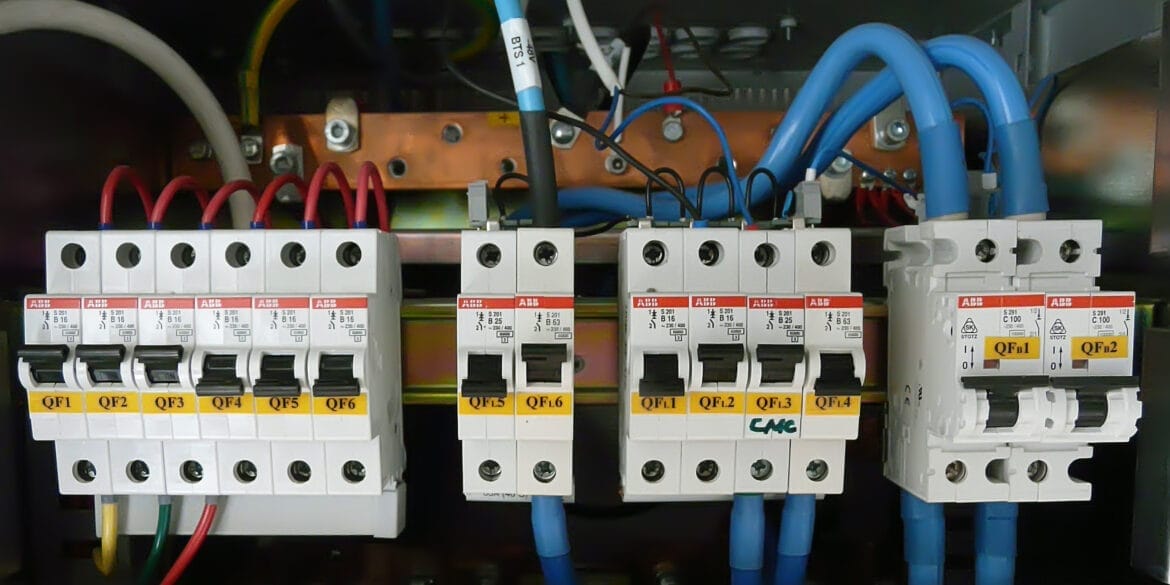
Section 3 – Selection and installation of wiring systems
3.3.2.13 Thermal insulation
Where V75 and V90 cables < 10 mm2 pass through bulk thermal insulation, they shall be rated for current-carrying capacity in accordance with the AS/NZS 3008.1 standard as follows:
Length of cable passing through insulation
< 150 mm use “in air touching a surface” rating
< 150 - 400 mm use “partially surrounded” rating
> 400 mm use “completely surrounded” rating
Current rating implications:
Choose the appropriate installation condition from AS/NZS 3008.1 for the cable rating calculation for example “Thermal insulation – partially surrounded” or “Thermal insulation – completely surrounded” where applicable per the above table.
3.9.3.3 Wiring systems likely to be disturbed
For cables located in areas likely to be disturbed, then these cables shall be provided with additional mechanical protection.
This includes enclosing the cables in steel conduits, metal tubing or conduit, flexible or rigid metal or insulating conduit.
Current rating implications:
Choose the appropriate installation condition from AS/NZS 3008.1 for example “Enclosed – wiring enclosure in air”.
3.9.4.4 Cable subject to mechanical damage
Wiring systems installed in positions where they may reasonably be expected to be subject to mechanical damage then these shall be adequately protected as follows:
(a) Mechanical protection to standard AS/NZS 3013.
(b) Be provided with an earthed metallic armouring, screen or enclosure to operate a short-circuit protection device under fault conditions.
(c) Be protected by an RCD with maximum rated operating residual current of 30 mA.
Current rating implications:
Choose the appropriate installation condition from AS/NZS 3008.1 for example “Enclosed – wiring enclosure in air”.
Installing an RCD will positively affect the fault loop impedance for the circuit which will reduce the earth cable size requirements.
3.9.8.2.1 Installation of conductors within a common enclosure
Common enclosure/cable
Conductors for the following applications shall not be installed within the same pipe, tube, conduit or the same multi-core cable.
(a) Conductors that form part of different electrical installations.
(b) Conductors that form part of individual occupancies of single or multiple electrical installations.
Exception: These requirements need not apply to switchboards at which circuits are terminated.
Current rating implications:
Choose the appropriate installation condition from AS/NZS 3008.1 for example “Buried enclosure – Separate”.
Appendix C – Circuit Arrangements
C2 – Maximum Demand
Table C1 Load group (j) (iv) added “Charging equipment associated with electric vehicles”.
Table C2 Load group (c) (ii) added “Charging equipment associated with electric vehicles”.







